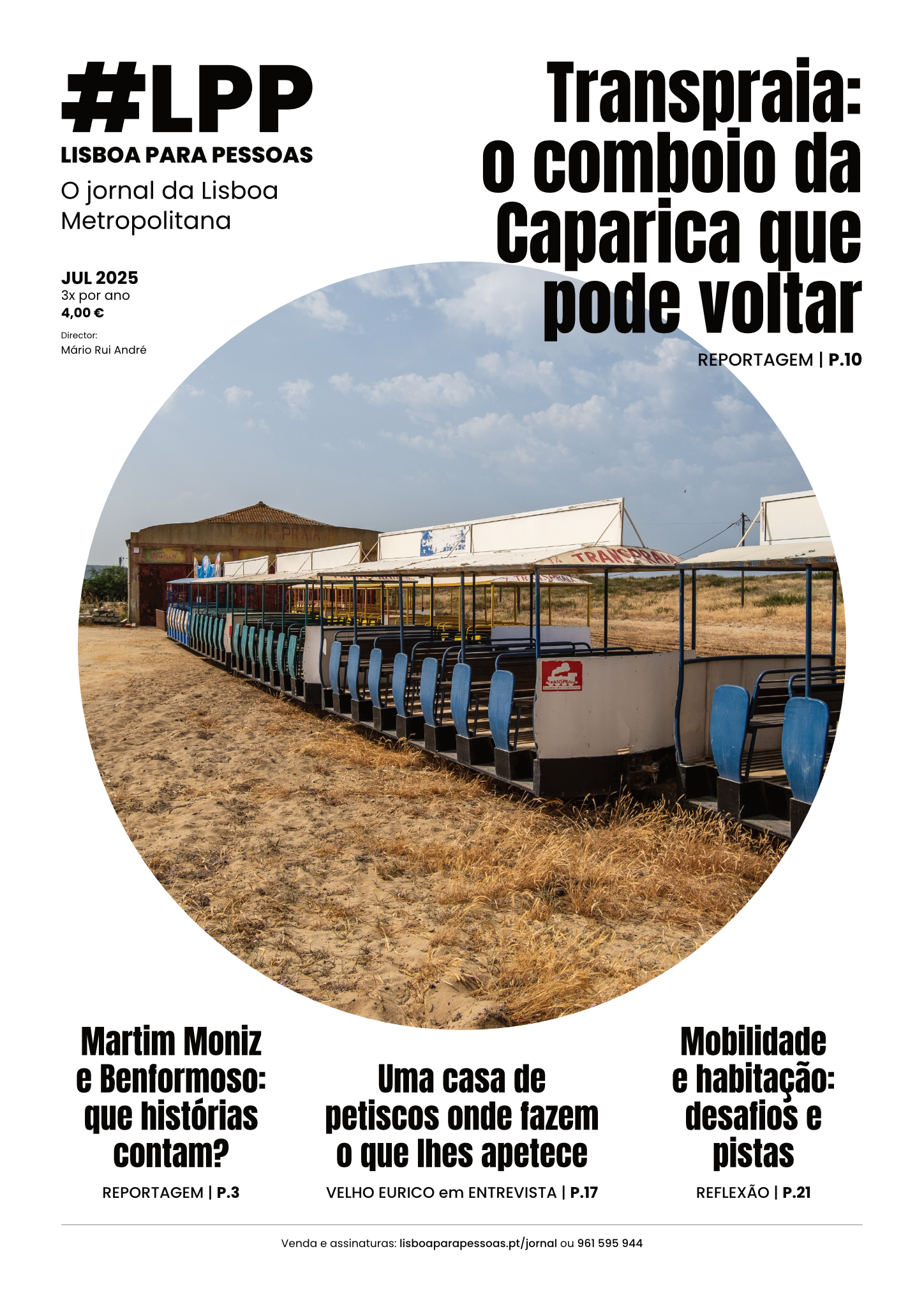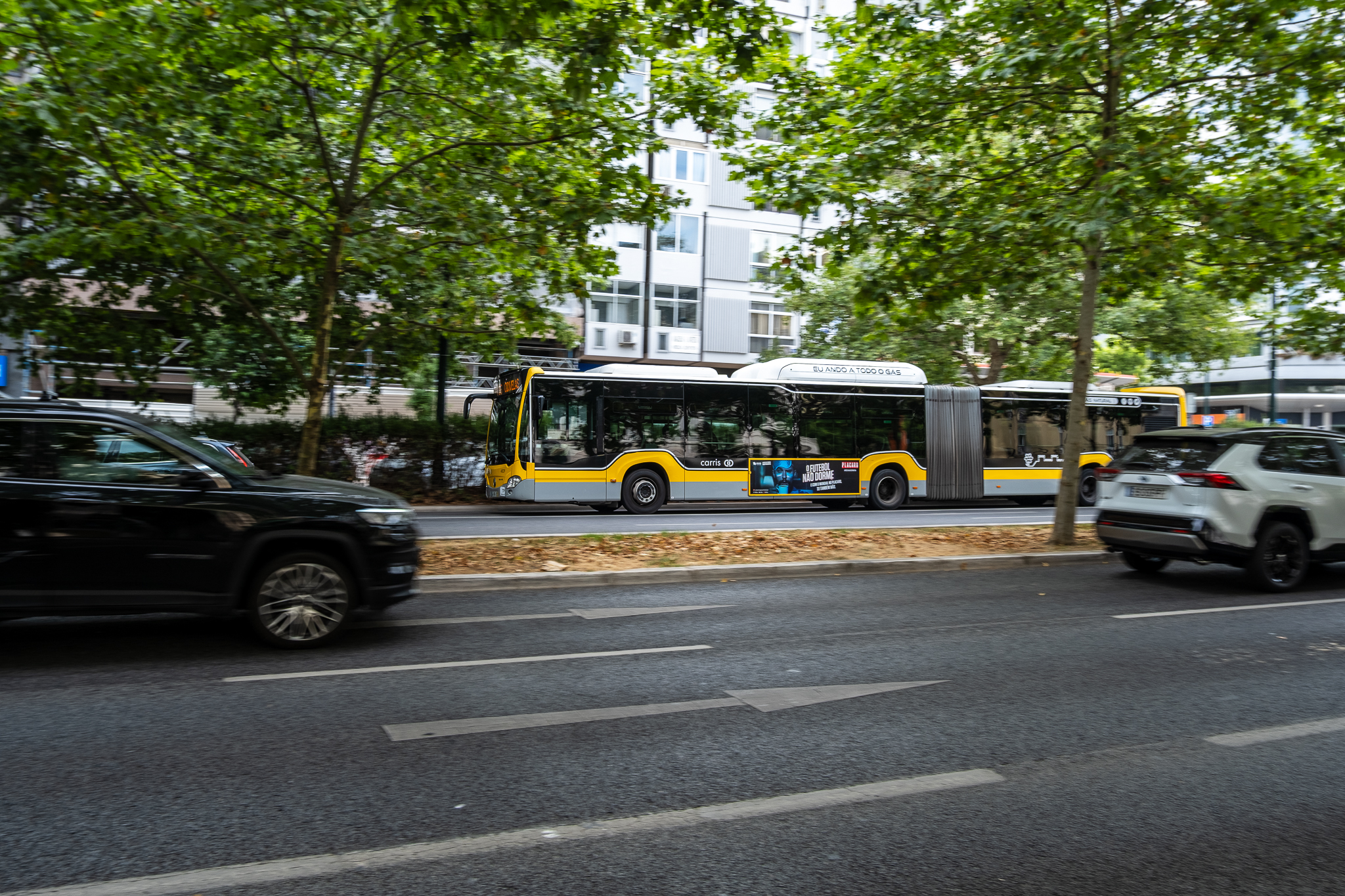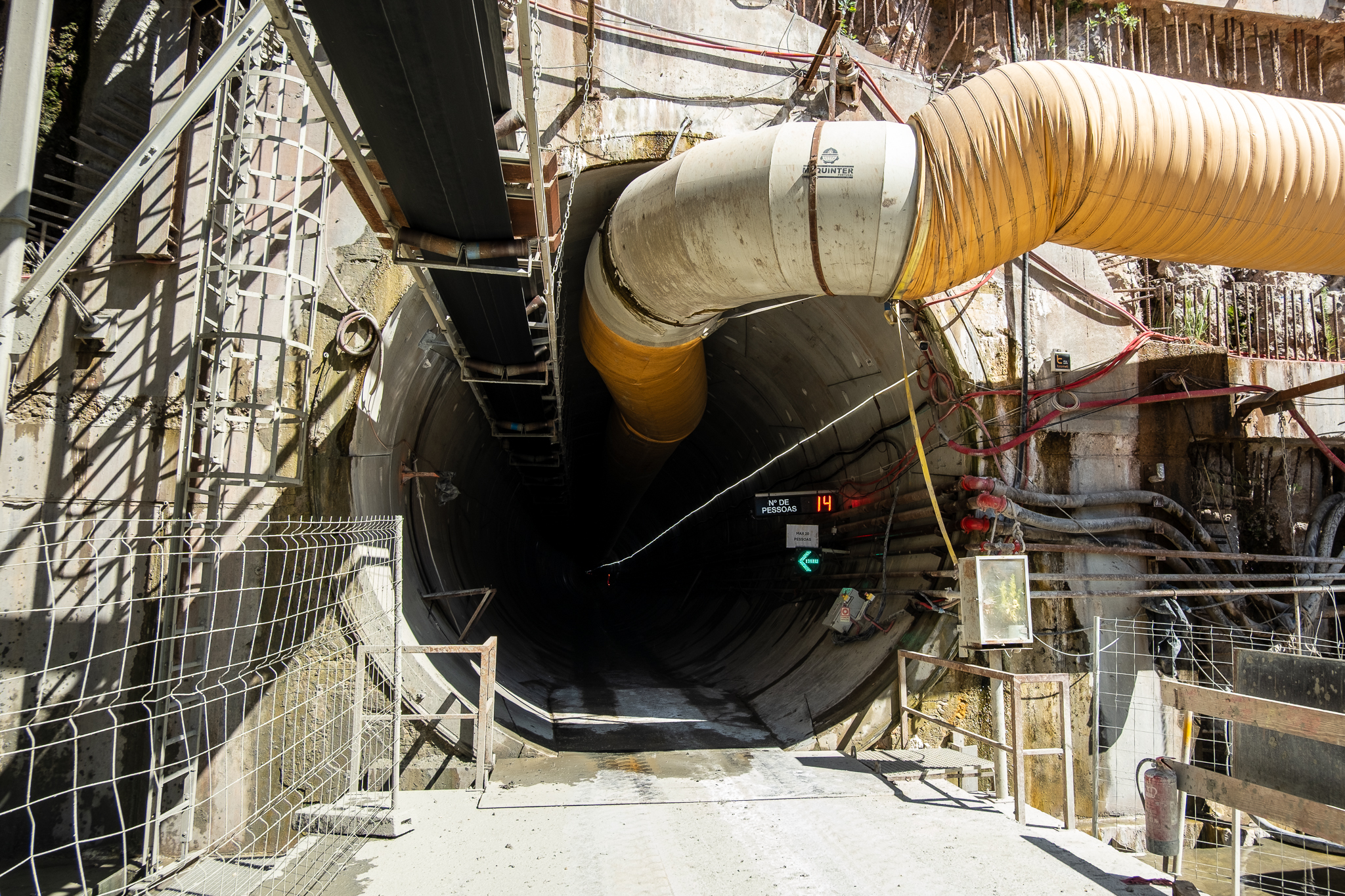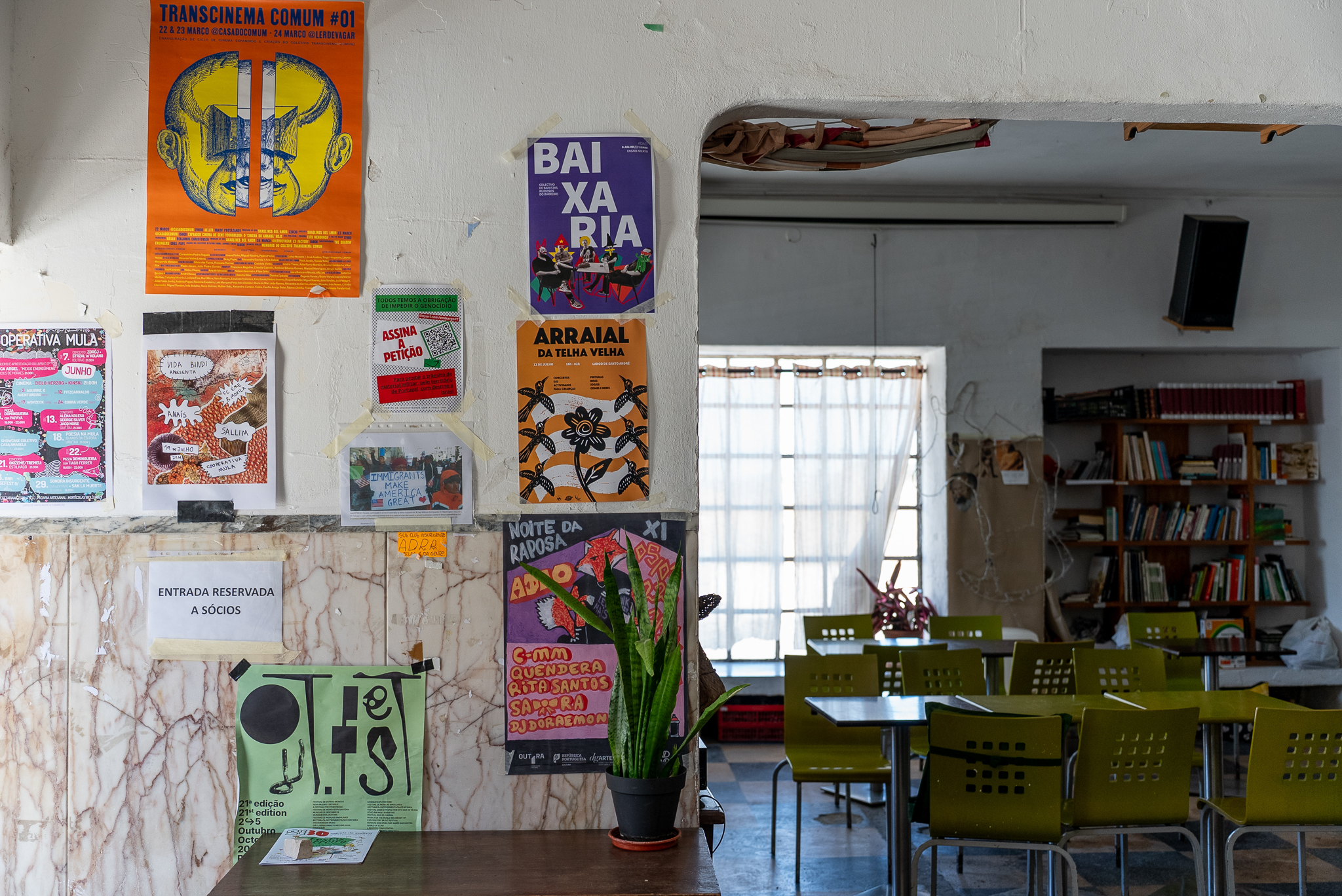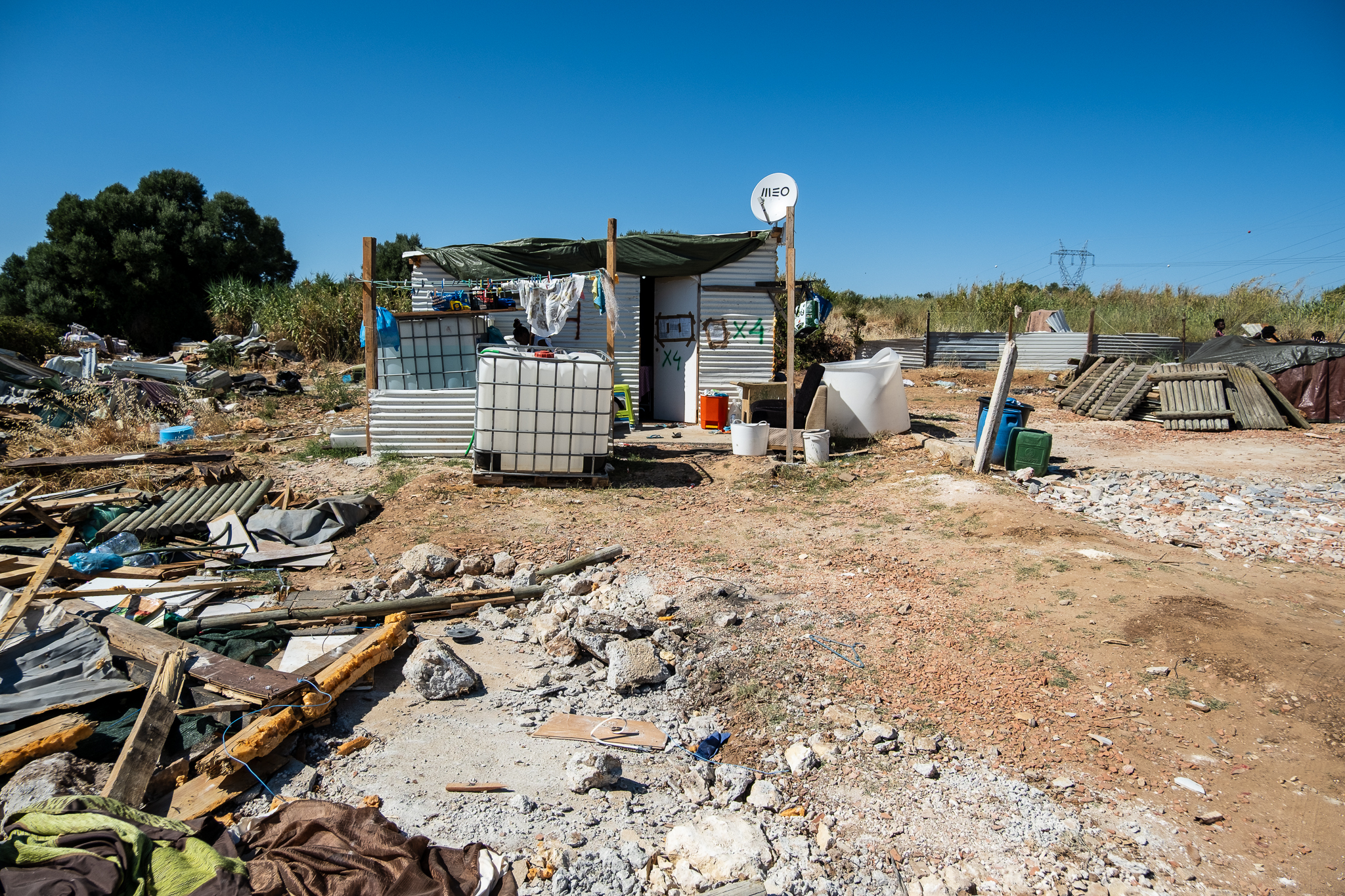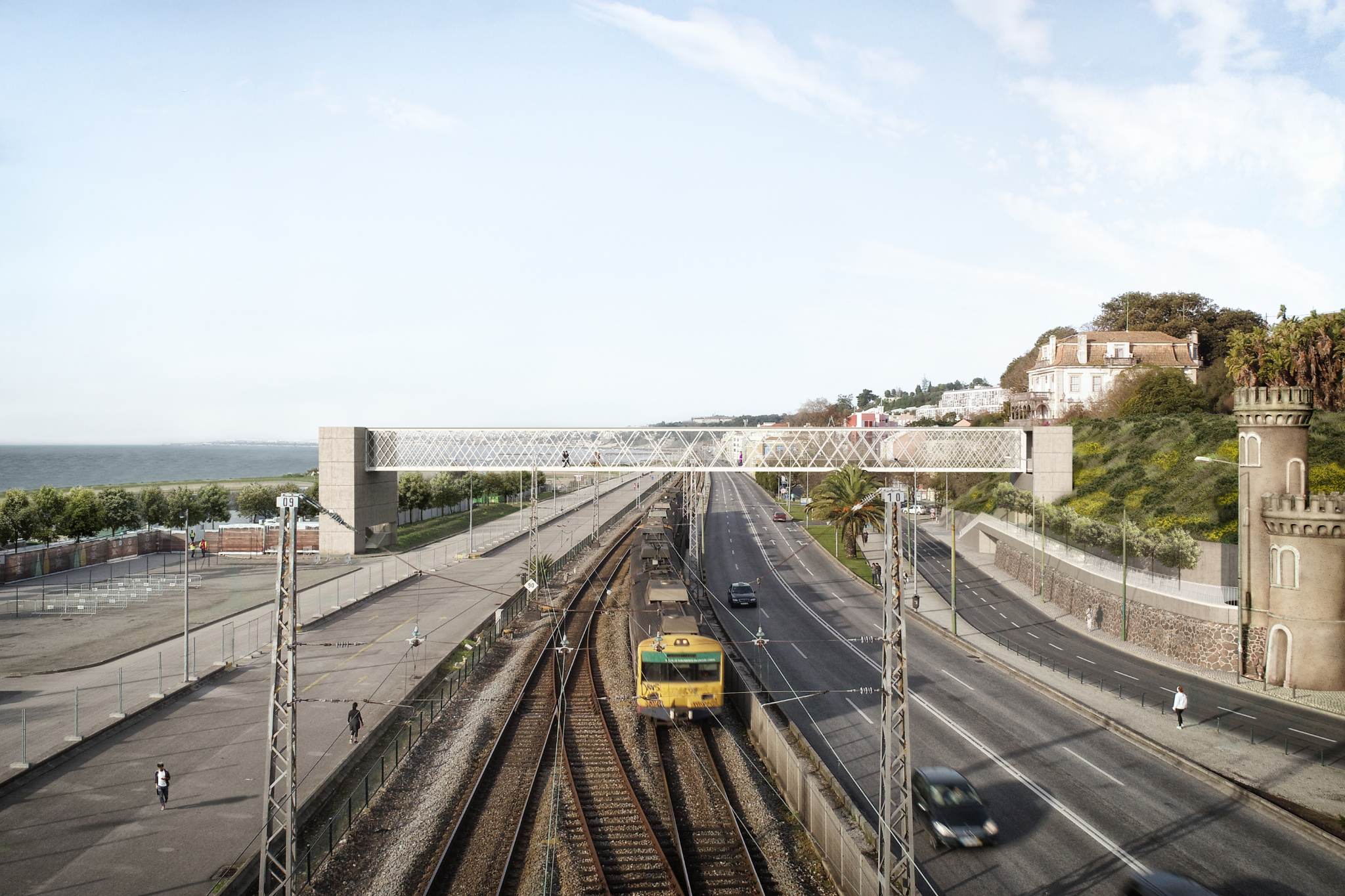Urban mini-forests can bring environmental benefits to cities, but they can also be interesting objects for study, learning, and inspiration in a school or academic context. This guide explains it all.

From the experience with the planting of several urban mini-forests in Lisbon, a digital guide was born to help other cities and communities to do the same. Entitled MiniForests for MegaLearning: a guide to integrating urban biodiversity into educationThis free, open-access manual compiles the fundamental steps, resources, and tools needed to create a mini-forest in an urban context, and in particular in a school setting, presenting the forest as an object of study, learning, and inspiration.
The guide was put together by 2adapt, a climate adaptation services company that was born in the Science Faculty of the University of Lisbon and was subcontracted by the non-profit organization VIDA. VIDA has been one of the responsible for some mini-forest projects in Lisbon, in the scope of the European project 1Planet4All.
This guide is born from will to inspire and stimulate the planting of new dense and biodiverse mini-forests applying the Miyawaki methodfrom the observed potential of the experience of co-creation and planting of mini-forests in different contexts, namely in the academic context - in the Faculty of Science, University of Lisbon -, in the school context - in the Alfredo dos Reis Silveira High Schoolin Seixal, and in Army Pupils Institutein Lisbon -, and in the community context - in the Areeiro and Bela Vista neighborhoodsalso in the capital.
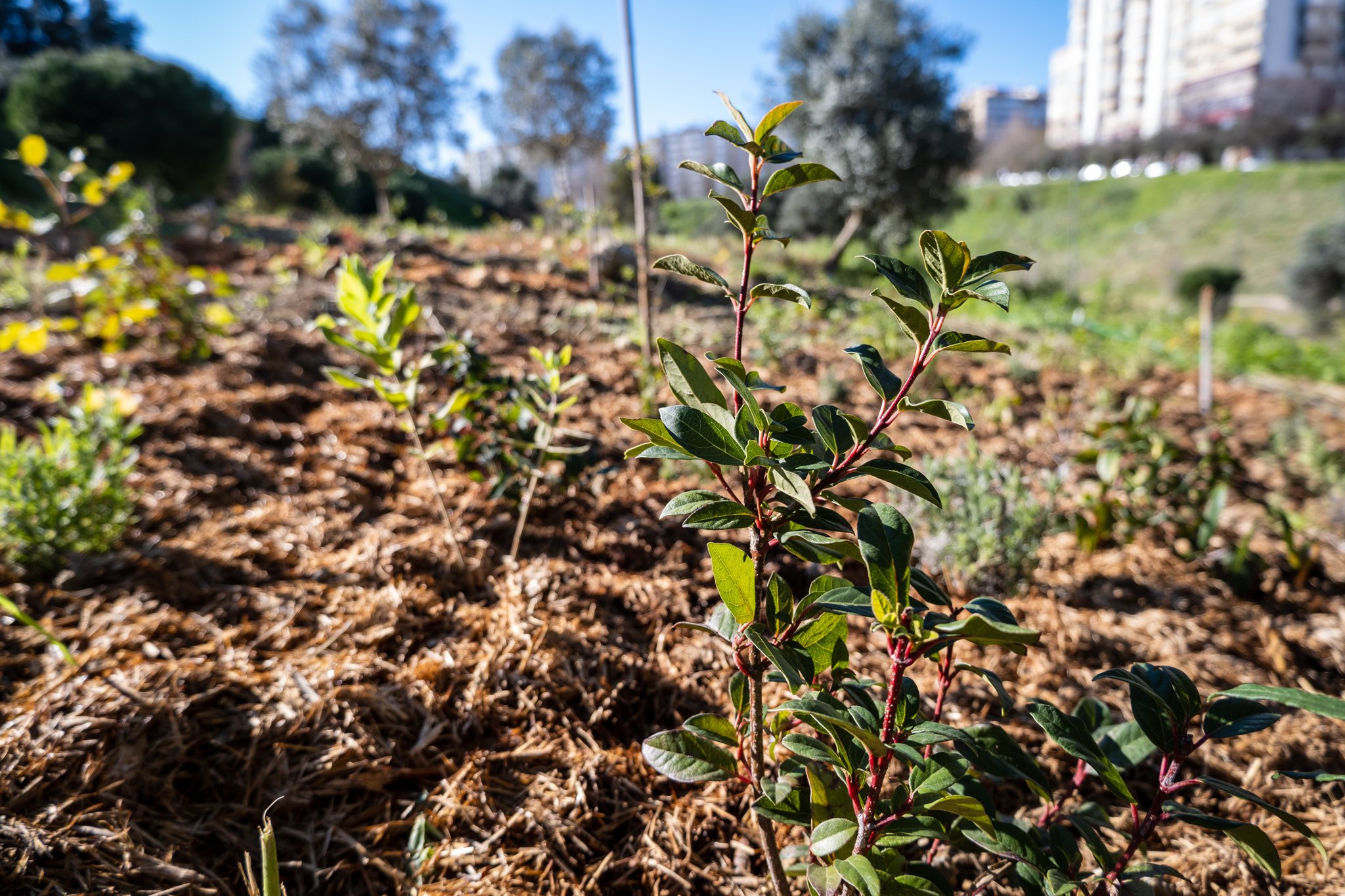
Urban mini-forests are small spaces of at least 300 m2 where very dense planting is done: in the space where normally there is only one plant, six are placed to promote a positive competition for sunlight. This method, devised in the 1970s by the Japanese botanist Akira Miyawaki, allows for a growth rate ten times higher than that observed with traditional afforestation methods and the birth of dense and self-sustaining forests in the medium term. In the beginning, however, some care is needed, such as ensuring good soil, abundant planting of native species, and more frequent and consistent watering.
Mini-forests in urban spaces can bring various benefits to city ecosystemsThey can have social benefits by reducing air and noise pollution, absorbing water, regulating temperature, and attracting biodiversity. And they can also have social benefits, providing meetings between neighbors and establishing ties with nature.
Creating a mini-forest needs four steps: "dream and observe"; "plan and collect"; "implement and connect"; "celebrate and empower". Each of these unfolds in three steps that are detailed in the guide. To support the reading, videos have been prepared explaining the different case studies, which include testimonials from various people and entities involved in the process of co-creation of the mini-forests mentioned above.
Three infographics were also developed:
Find out more about this guide on the official project page, here.
